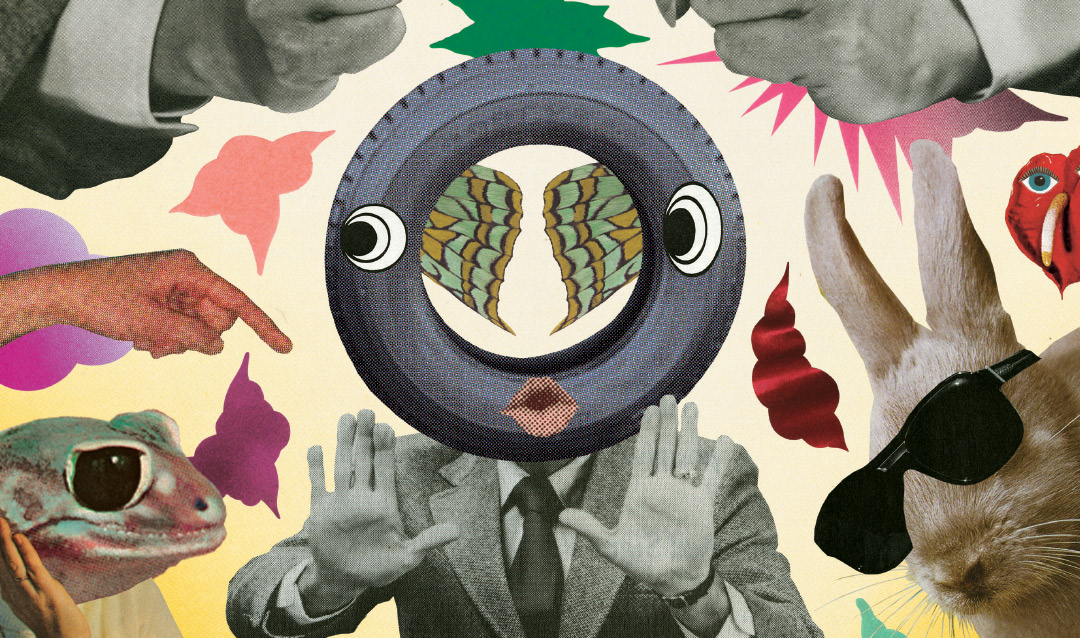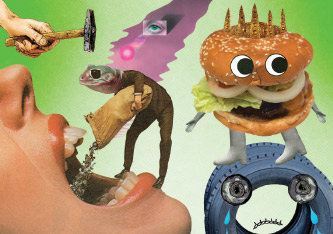The idea of humanizing a brand in the pursuit of stronger sales is hardly new. In fact, it’s very old, and according to Marina Puzakova, the appeal of this tried-and-true strategy is fairly obvious: By imbuing a brand with human features or characteristics, marketers believe they can play on our collective social natures and foster a greater, deeper emotional connection between brand and consumer. It’s a strategy that endures, which is why we have not only the Pillsbury Doughboy, Michelin Man and Mr. Clean from yesteryear, but also the humanized M&M characters, the Geico gecko and Aflac duck of today.
These brands exist for the simple reason that their creators believe consumers may actually view them, in some ways, as humanlike. However, this may not always have positive consequences.
Puzakova, an associate professor of marketing, has for the past decade been building an area of study around what she calls “brand anthropomorphism.” And if there’s been one overarching takeaway from all of her work, it is that while the act of humanizing a brand may seem like a great idea—and oftentimes, it is—there are potential pitfalls to the strategy as well.
“Anybody could intuit that if you put a humanlike face on a brand ... that it could create more opportunities for creating stronger relationships,” Puzakova says. “But then you need to think about the next level—and when you do so, well, you realize that not all relationships are necessarily positive. Not all humans are positive, either.”
Indeed, Puzakova’s past work has shown that while anthropomorphized brands actually do often foster stronger connections between products and consumers, those stronger connections can actually backfire. As she explains, once a consumer begins to think of a brand as a “friend,” any subsequent failure by the brand can feel personal.
Because the brand connection is stronger, the sense of betrayal is stronger, too. “And that’s because [the brand] is ‘human,’” Puzakova explains. “In these cases, consumers may actually feel that the product is responsible for its own failure.”






